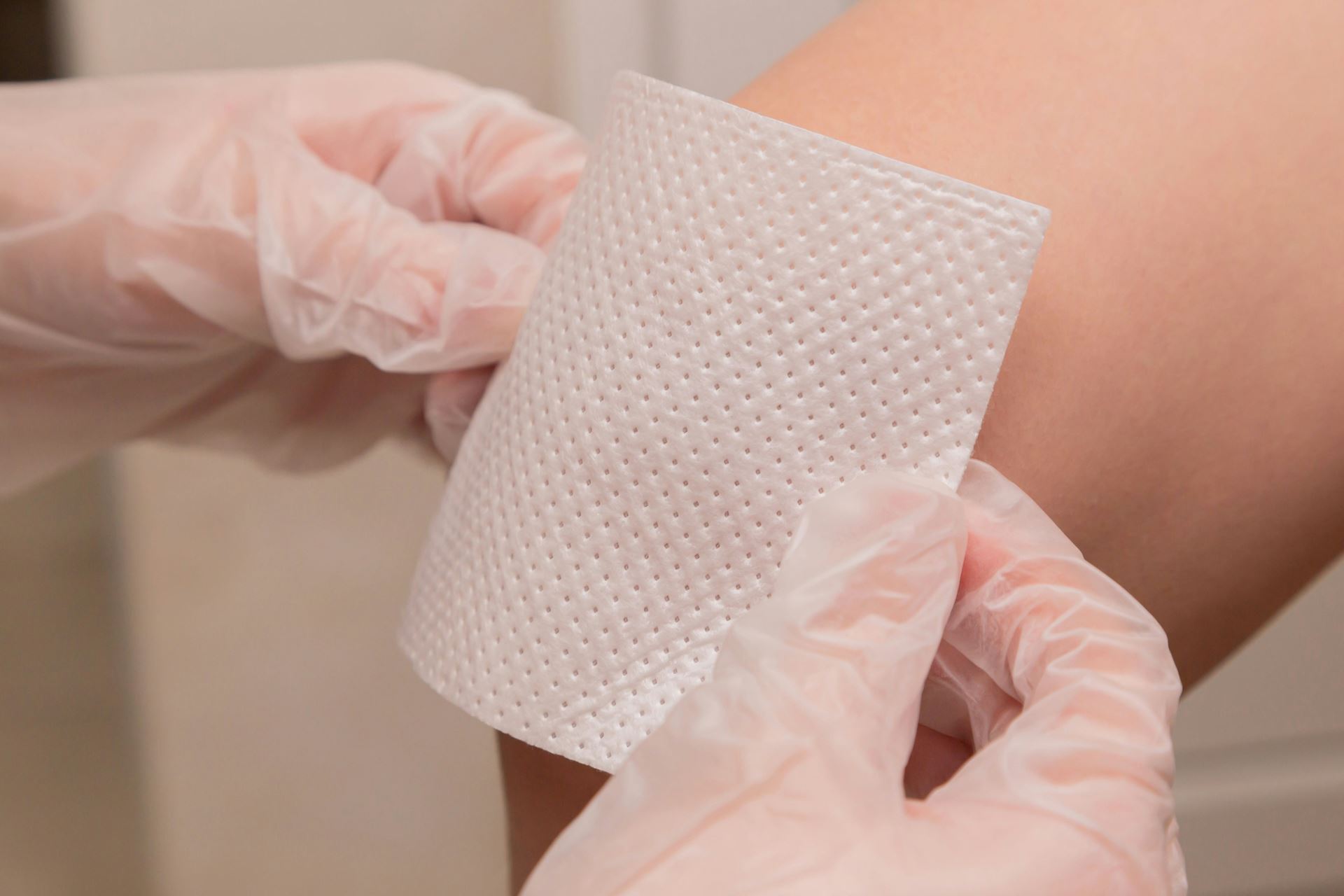Burns and Scalds
Burns and scalds are damage to the skin usually caused by heat. Both are treated in the same way.
A burn is caused by dry heat – by an iron or fire, for example. A scald is caused by something wet, such as hot water or steam.
Burns can be very painful and may cause:
- Red or peeling skin
- Blisters
- Swelling
- White or charred skin
The amount of pain you feel is not always related to how serious the burn is. Even a very serious burn may be relatively painless.

Treating Burns and Scalds
To treat a burn, follow the first aid advice below:
- Immediately get the person away from the heat source to stop the burning
- Remove any clothing or jewellery that's near the burnt area of skin, including babies' nappies, but do not move anything that's stuck to the skin
- Cool the burn with cool or lukewarm running water for 20 to 30 minutes – do not use ice, iced water, or any creams or greasy substances like butter
- Make sure the person keeps warm by using a blanket, for example, but take care not to rub it against the burnt area
- After cooling the burn, cover the burn by placing a layer of cling film over it – a clean plastic bag could also be used for burns on your hand
- Use painkillers such as paracetamol or ibuprofen to treat any pain
Raise the affected area if possible – this helps to reduce swelling
if it's an acid or chemical burn, dial 999, carefully try to remove the chemical and any contaminated clothing, and rinse the affected area using as much clean water as possible.
Read more about treating burns and scalds
When To Get Medical Attention
Depending on how serious a burn is, it may be possible to treat it at home. For minor burns, keep the burn clean and do not burst any blisters that form, more serious burns require professional medical attention.
You should go to a hospital A&E department for:
- All chemical and electrical burns
- Large or deep burns – any burn bigger than the injured person's hand
- Burns that cause white or charred skin – any size
- Burns on the face, neck, hands, feet, any joints or genitals
- If someone has breathed in smoke or fumes, they should also get medical attention.
Some symptoms may be delayed and can include:
- Coughing
- A sore throat
- Difficulty breathing
- Facial burns
People at greater risk from the effects of burns, such as children under 10 years old, should also get medical attention after a burn or scald.
The size and depth of the burn will be assessed, and the affected area cleaned before a dressing is applied. In severe cases, skin graft surgery may be recommended.
Further Advice
If you need advice about a burn or scald, you can:
- Get help from NHS 111
- Go to a minor injuries unit
- Go to an NHS walk-in centre
- Call or see a GP
Page created: 15 March 2022